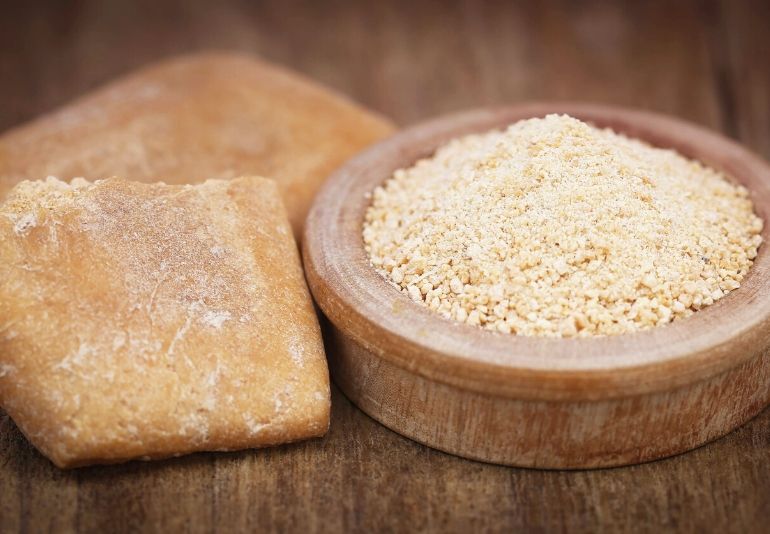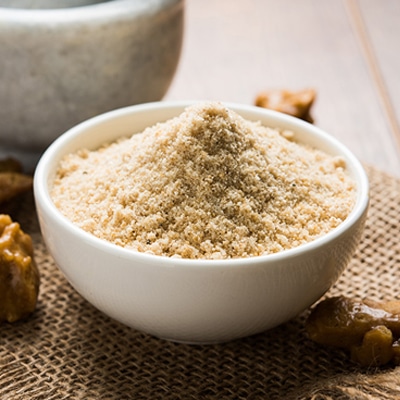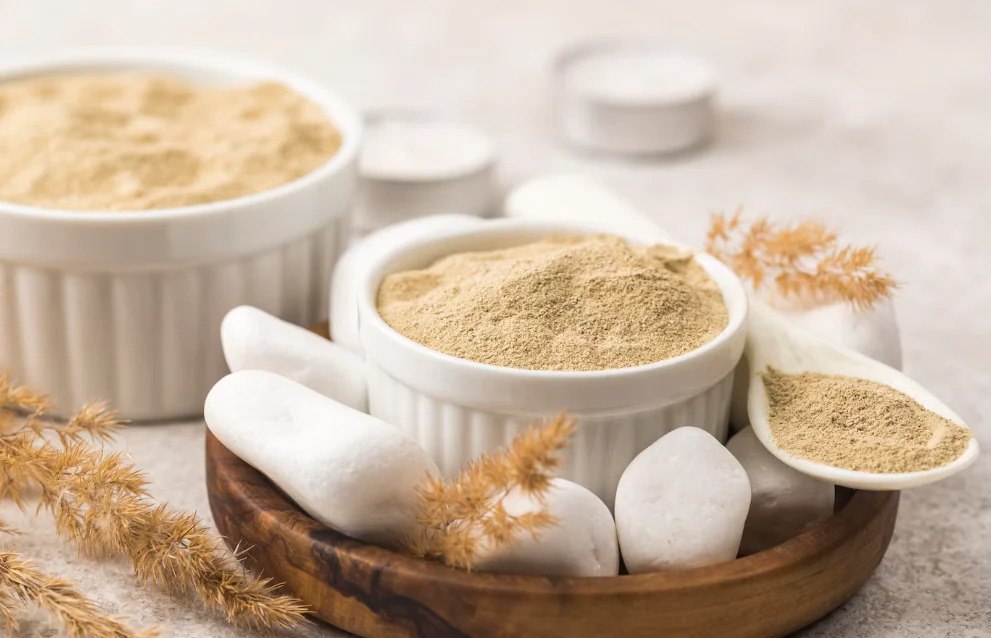Discover the incredible versatility of hing (asafoetida) beyond its traditional use in cooking. From its role as a natural remedy for common ailments like indigestion and colds to surprising uses in skincare routines for clear, healthy skin, hing is more than just a spice. Explore how it can also serve as an eco-friendly alternative for household cleaning and pest control. This guide dives into the innovative and practical ways you can incorporate hing into your daily life, making it an essential ingredient not just for your kitchen, but for your overall wellness and home care routine.
How can hing be used in traditional medicine for health benefits?
Direct Summary: Hing, or asafoetida, is widely used in traditional medicine for its anti-inflammatory, digestive, and respiratory benefits.
Descriptive Answer: Hing has been a cornerstone in Ayurvedic and traditional medicine systems for centuries. It’s known for its:
- Digestive Health: Hing helps in easing digestion, reducing bloating, and alleviating flatulence. It acts as a digestive stimulant, promoting the secretion of digestive juices and enzymes, which makes it an effective remedy for indigestion and other stomach-related issues.
- Anti-inflammatory Properties: It’s used to reduce inflammation in the body and can help with conditions like arthritis. Hing contains compounds that inhibit the production of pro-inflammatory substances, thereby reducing swelling and pain associated with inflammatory diseases.
- Respiratory Benefits: Hing is often used to relieve respiratory issues like asthma, bronchitis, and chest congestion. Its expectorant properties help in clearing mucus from the airways, making it easier to breathe and reducing the symptoms of respiratory conditions.
- Antimicrobial Effects: Its natural antimicrobial properties make it useful for treating infections and wounds. Hing can be applied topically to prevent the growth of bacteria and other pathogens, promoting faster healing of cuts, wounds, and insect bites.

Are there any skincare or beauty hacks involving hing?
Direct Summary: Hing can be used in skincare routines to treat acne, lighten skin, and reduce wrinkles.
Descriptive Answer: Hing’s potent properties can be beneficial for the skin. Here are some beauty hacks involving hing:
- Acne Treatment: Mix hing with water or rose water to create a paste that helps reduce acne and pimples due to its antibacterial properties. The antimicrobial nature of hing helps in killing the bacteria that cause acne, while its anti-inflammatory properties reduce the redness and swelling associated with breakouts.
- Skin Lightening: A hing paste applied to dark spots and blemishes can help lighten the skin over time. Regular application of hing paste can reduce pigmentation and improve the overall tone and texture of the skin, giving it a brighter and more even appearance.
- Anti-aging: Hing can help reduce wrinkles and fine lines when mixed with honey and applied as a mask. The antioxidants present in hing help in fighting the free radicals that cause aging, thereby reducing the signs of aging and keeping the skin youthful.
- Glow Boost: Using hing in facial masks can improve the overall glow of your skin. The rejuvenating properties of hing help in removing dead skin cells and promoting the growth of new cells, making the skin look fresh and radiant.
Can hing be used as a natural remedy for household pests?
Direct Summary: Hing can act as a natural pesticide to repel insects and pests in your home.
Descriptive Answer: Hing’s strong smell is not just a culinary asset but also a pest deterrent. Here’s how you can use it:
- Insect Repellent: Mix hing with water and spray it around the house to repel insects like ants and mosquitoes. The pungent smell of hing is unpleasant to insects, making it an effective natural repellent without the use of harmful chemicals.
- Rodent Deterrent: Placing hing in small cloth bags around your home can help keep rodents at bay. Rodents are highly sensitive to strong smells, and the odor of hing acts as a deterrent, preventing them from entering and infesting your home.
- Gardening Aid: Use a solution of hing and water to spray on plants and protect them from pests without harmful chemicals. This natural pesticide helps in keeping your garden free from pests while ensuring the health and safety of your plants and the environment.
What are some surprising uses of hing in personal care routines?
Direct Summary: Hing can be used in personal care routines for oral health, reducing body odor, and relieving menstrual pain.
Descriptive Answer: Beyond skincare, hing finds its place in various personal care applications:
- Oral Health: A pinch of hing in warm water can be used as a mouth rinse to combat bad breath and oral infections. The antimicrobial properties of hing help in killing the bacteria that cause bad breath and oral infections, promoting better oral hygiene.
- Body Odor: Adding hing to bath water helps reduce body odor due to its antimicrobial properties. The antibacterial nature of hing helps in eliminating the bacteria that cause body odor, leaving you feeling fresh and clean.
- Menstrual Pain Relief: Consuming hing with warm water can help alleviate menstrual cramps and pain. Hing’s anti-inflammatory and antispasmodic properties help in relaxing the muscles and reducing the pain and discomfort associated with menstrual cramps.
- Hair Care: A hing-based hair mask can help improve scalp health and reduce dandruff. The antifungal properties of hing help in treating dandruff and other scalp infections, promoting healthier hair growth and a cleaner scalp.

How can hing be utilized in homemade cleaning solutions?
Direct Summary: Hing can be used in homemade cleaning solutions to disinfect surfaces and eliminate odors.
Descriptive Answer: Hing’s strong antimicrobial properties make it a great ingredient for natural cleaning solutions:
- Surface Cleaner: Mix hing with water and vinegar to create a disinfectant for kitchen counters and bathrooms. The antibacterial and antifungal properties of hing help in killing germs and bacteria, ensuring a clean and hygienic surface.
- Odor Eliminator: Add hing to your mop water to eliminate stubborn odors from floors. Hing’s strong smell helps in neutralizing unpleasant odors, leaving your floors smelling fresh and clean.
- Air Freshener: A mixture of hing and essential oils can be used as a natural air freshener for your home. This natural air freshener helps in eliminating bad odors and refreshing the air, making your home smell pleasant and inviting.
- Fabric Freshener: Hing can be added to laundry routines to keep clothes smelling fresh and free from bacteria. The antimicrobial properties of hing help in killing the bacteria that cause bad odor in clothes, keeping them fresh and clean.
Conclusion
While hing is primarily known for its culinary uses, its versatility extends far beyond the kitchen. From traditional medicine and beauty treatments to pest control and cleaning solutions, hing proves to be a valuable household ingredient. Incorporating these innovative uses of hing can bring numerous benefits to your daily life, making it a true multitasker in your home. Hing’s multifaceted properties not only make it a powerful ingredient in cooking but also a valuable addition to your home remedies, personal care routines, and cleaning solutions. Embrace the versatility of hing and explore its myriad benefits beyond the kitchen to enhance your health, beauty, and home environment.
